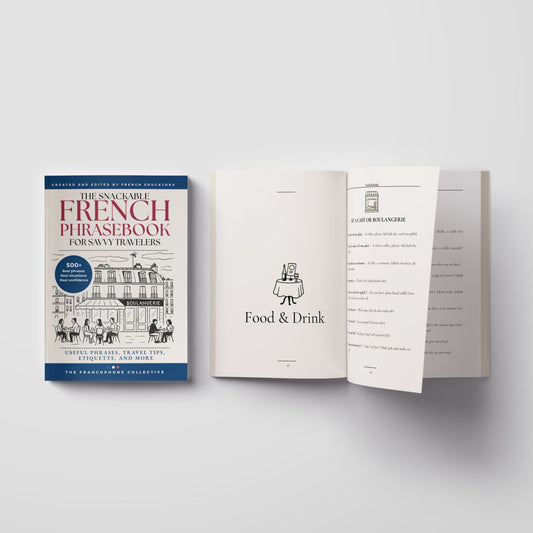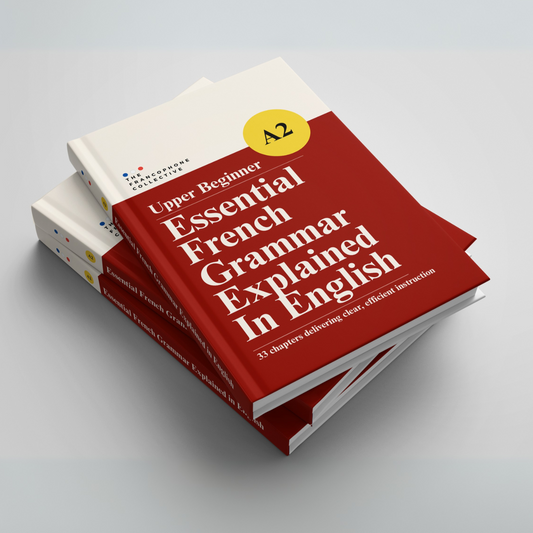Tracing its origins to the pragmatic needs of medieval Europe, the Pâté en Croûte began as a method to preserve meat. Initially, the crust served as a mere vessel and was often discarded, leaving the rich, flavorful filling to be enjoyed by the aristocracy.
As it journeyed through time, it evolved, reflecting the gastronomic trends and preferences of each era. By the 17th century, under the patronage of Louis XIV, it had become a symbol of sophistication and culinary prowess, a regular feature in the opulent feasts of the French court. The anatomy of this classic dish is a study in balance and refinement. At its core is the pâté, typically made from pork, veal, or game, seasoned with a delicate blend of herbs and spices.
The choice of meat and the precise mix of seasonings can vary, offering a canvas for the chef's creativity. What distinguishes a good Pâté en Croûte is not just the quality of the meat or the skill in seasoning but the pastry that encases it. The pastry must be flaky yet sturdy, rich but not overpowering, forming a perfect counterpoint to the pâté within. Achieving this balance is where the true artistry lies, turning simple ingredients into a dish that is much greater than the sum of its parts.
Modern iterations of the Pâté en Croûte see chefs experimenting with additional elements like pistachios, truffles, or even layers of foie gras, each addition enhancing the complexity of the dish. Every restaurant and every chef has his or her own vision and recipe, and most prefer to keep theirs a secret.
And for good reason: making a pate en croûte is an art in itself, requiring skill, inventiveness and dexterity. However, the essence of the Pâté en Croûte lies in its history and tradition – a culinary narrative that speaks of the transformation of humble ingredients into a dish fit for royalty.
As it continues to charm food enthusiasts and chefs worldwide, the Pâté en Croûte stands as a symbol of culinary heritage, a dish that encapsulates the journey of gastronomy through the ages. It reminds us that great cooking is not just about technique or ingredients but also about history, culture, and the stories that each dish carries within it.





